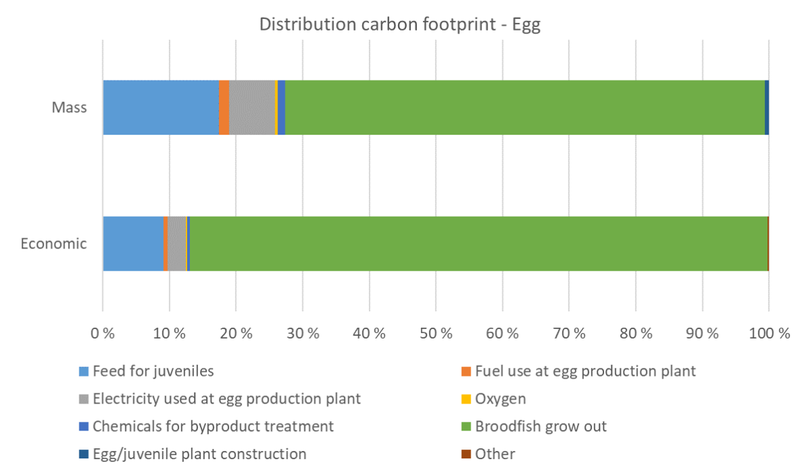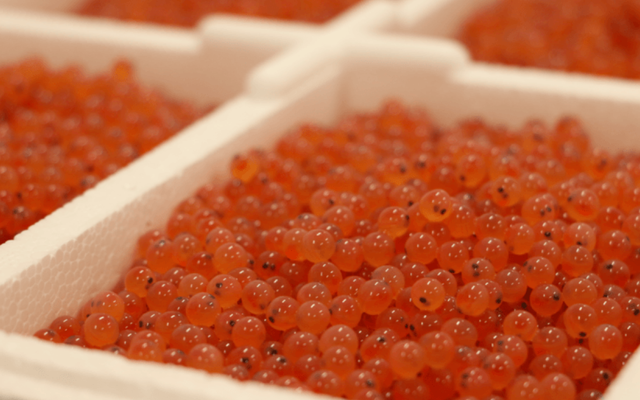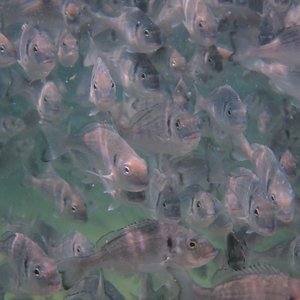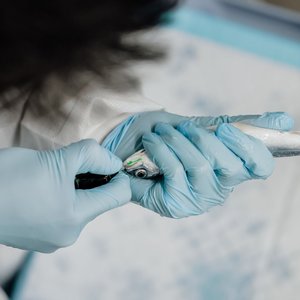The carbon footprint of a fertilized salmon egg has been calculated at 0.028 kg CO2 equivalents, which is less than 0.1% of the climate footprint of a Norwegian-farmed salmon at harvest.
The study was performed by AquaGen, together with Asplan Viak AS, to calculate the footprint through a "cradle-to-gate" analysis. The analysis covers the egg's entire life cycle. It was based on egg production at AquaGen’s facilities in Heim municipality, which includes both a land-based breeding facility (broodstock and production of smolt for the next generation) and a marine facility (broodstock and grow-out).
The LCA analysis pointed to feed and energy use as the most important greenhouse gas sources. The contribution from the feed is a combination of the feed's carbon footprint, feed utilization and fish mortality. The two latter factors are strongly influenced by the properties inherent in egg genetics but the genetic aspect was not included in the analysis. Energy use is linked to fuel and electricity used in the farming facilities and by the vessels used in farming and transporting the fish.

The distribution of the carbon footprint for fertilized roe with mass or value (economic) allocation. Credits: AquaGen
Reduction of greenhouse gas emissions in production
AquaGen has been working to reduce its carbon footprint. In recent years, the company has electrified all its marine facilities and improved the energy efficiency of its land-based facilities with renewable electricity.
In addition, the company is also working on improving biological factors that affect greenhouse gas emissions in production. “For example, we now increase feed utilization by using video-based feeding, and we keep fish mortality low through systematic, preventive work against diseases, parasites and unnecessary handling,” the company said. “In the next couple of years, we are likely to recycle the water at all our land-based facilities, produce renewable energy locally and replace all fossil fuels with only renewable energy sources. In addition, we have further improved the fish's biological performance.”
References:
Poore J. and Nemecek T. (2018). Reducing food's environmental impacts through producers and consumers. Science 360 (6392), 987-992. DOI: 10.1126/science.aaq0216
Ziegler F., Jafarzadeh S., Skontorp Hognes E. and Winther U. (2021). Greenhouse gas emissions of Norwegian seafood: from comprehensive to simplified assessment. J. Industrial Ecology 2021:1-12. DOI: 10.1111/jiec.13150













